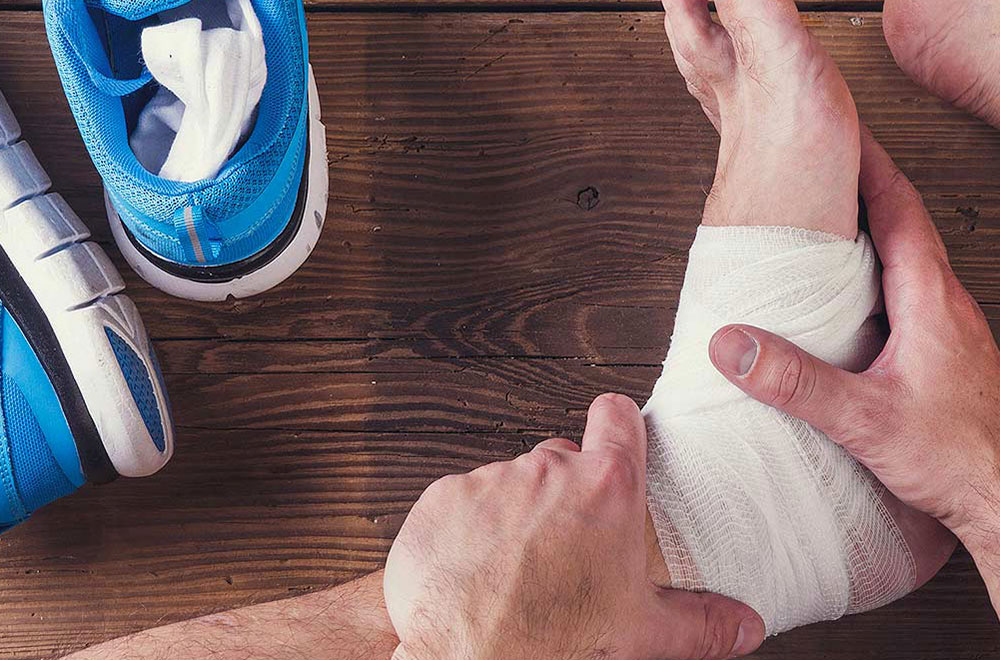
Sprains & Strains
How Myotherapy Can Help
Throughout sport or in day to day life we hear of terminology that we may not always understand. A tennis player has strained their hamstring; a soccer player has sprained their ankle.
But the questions are what are these words and what do they mean?
A sprain is an acute injury to a ligament, which is a structure, composed of connective tissue that helps to increase the stability of a joint.
A sprain can be graded dependent on severity. Ligament injuries range from mild injuries involving the tearing of only a few fibers to complete tears of the ligament, which may lead to instability of the joint (Brukner & Khan 2008).


Causes Of Sprains & Strains
One of the most common sprains in both sport as well as day to day life is the ankle sprain or “rolled ankle”. Some factors that may predispose to an ankle sprain include poor balance, decreased flexibility in the leg and ankle, and decreased strength in the leg and ankle, past history of ankle injury and increasing age.
A strain is an acute injury to a muscle. Muscles are strained or torn when some or all of the fibres fail to cope with the demands placed upon them (Brukner & Khan 2008). Strains also have grades dependent on the level of injury.
Hamstring strains are very common; we have provided many people ranging from athletes to those of non-sporting backgrounds with hamstring strain treatment that aims to provide recovery and reduce further incidents of hamstring strain.
A number of factors predispose to muscle strains including inadequate warm up, decrease flexibility, excessive muscle tightness, muscle imbalance, previous injury, faulty technique or biomechanics.
Treatments For Sprains & Strains
For the first 48-72 hours post injury, for both sprains and strains there are a few important things to remember.
R – Rest
Walk as normally as possible but only at a pain level that is tolerable. Crutches may be required in the first few days to assist with walking. Avoid activities that make the injury worse
I – Ice
20 minutes every 2 hours
C – Compression
To decrease swelling
E – Elevation
To decrease swelling

As well as pain relief and soft tissue therapy a Myotherapist can assist in assessing your injuries and formulating an impression of the level of injury and the structures implicated.
Treatment will focus on reducing pain and inflammation, and identifying and correcting training and biomechanical problems, which may have led to the injury.
A Myotherapist will help you progress into a rehabilitation program to regain your strength and balance and help you return to a modified training program.







